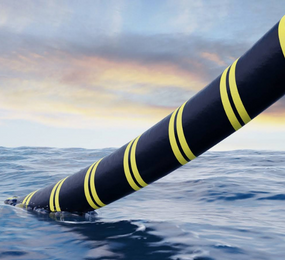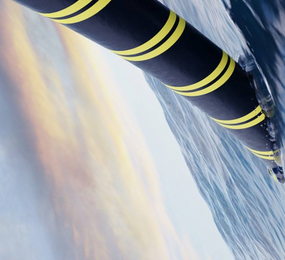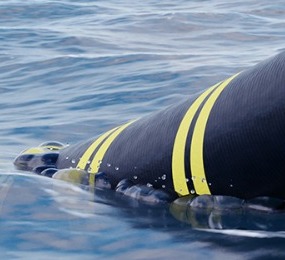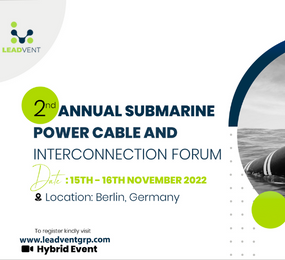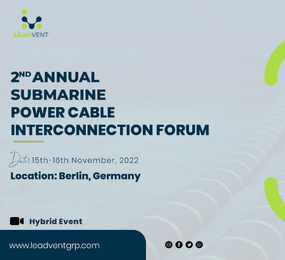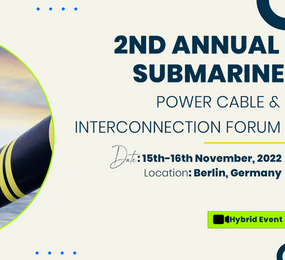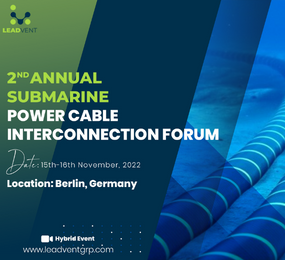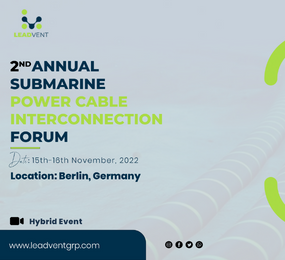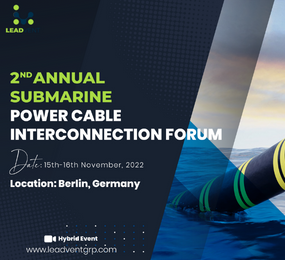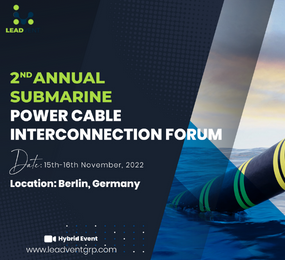Overview of Submarine Power Cables
For a global successful adoption of renewables as an energy source alternative, the submarine power cable is of paramount importance.
Submarine power cables are installed across the water bodies and deployed in various offshore renewable energy sources such as wind, wave, and tidal installations as they help in the energy transmission, and connecting power grids. Subsea cables can also be used in the transportation of oil and gas as well as the production of SMART cables- for ocean science observatories.
As the demand for Subsea power cables radically increases, some technological innovations on how to improve the Cable's overall performance are of great concern, especially in the areas of Cable Installation and Protection.
Why Protect Submarine Power Cables?
-
Downtime Effects
If cable failure occurs due to any damage, it generally has a critical effect on the whole project. Most repair processes last for weeks or even months depending on the repair system required. Operations could be stopped till the repair is done and successful. This could have a direct impact on the areas or regions that need the power supply till repair periods elapse unless there is the availability of stored power or other energy sources to use.
-
Most repair systems are expensive
Most big projects cost a lot, hence subsea cable deployment is of no difference. However, after all the necessary project expenses such as Cable transportation, installation, and operations; it is crucial that things should be handled properly to avoid huge financial losses through repairs as most repair systems are costly.
Generally, cable damages could occur before, during, and after installation and most times, are not detected early enough which might result in cable breakdown much later. Cables are prone to a lot of risks due to their deployment location. Cable damage could be a result of man-made activities or from natural forces whatever the case may be, maximum protective armor is required for every Subsea cable to withstand some environmental conditions.
Cable Protection System
A cable protection system (CPS) is designed to protect subsea power cables against most external factors that could affect their efficiency and functionality or even their lifespan in general.
Basically, the CPS is made up of three consecutive components which include: a Centralizer also known as a Monopile interface, the dynamic area protection system, and a protection system for the static area.
J-Tubes Use as a Monopile interface
J-Tubes can be installed in offshore renewable monopiles. Although it is perceived as an expensive approach, it is a good cable protection system that penetrates the outer wall of the monopile. It encourages a simplified Monopile design via its specifically designed angled aperture. It also eliminates the need for additional post pile driving which involves the use of divers. Currently, J-Tube's approach has been the industry standard in monopile design due to its benefits in helping developers to limit their construction costs.
Conventional Techniques for Submarine Cable Protection
-
Cable Burial
Most submarine power cables are usually buried and deployed in shallow waters which could be 500 m in depth or less. Although cable burial remains a reliable approach, there have been cases of unearthed cables due to external forces and thus, exposing the cable to threats or risk of being damaged. Also, cable burial is a complex process that could cause seabed perturbations.
On some occasions, Cable burial methods could not be applied due to the area or location. Then, a suitable technique option is chosen depending on the surface area, installation possibilities, cable length, and the cable specific purpose. These other methods include:
-
Concrete mattresses
-
Rock trenching
-
Use of Articulated pipes
However, it is worthy to note that most conventional cable protection methods could be ineffective at some point in terms of corrosion, cost-efficiency, bending radius, design, or fatigue of the electrical conductors.
Cast Iron Shells: The Ultimate Solution
The idea of a cast-iron shell was introduced by a European cast iron manufacturer in partnership with FMGC in 2014 as a solution to the following needs of the sector:
Reliability
Resistant to corrosion
good abrasion
Little or no environmental impact
Resistant to Embedment stresses
The project is aimed at developing a full range of articulated cast-iron shells that protect, ballast, and stabilize subsea conducts (cables, pipes, etc) and semiautomatic installation equipment.
In 2015, FMGC made its first massive supply and installation of 200m shells to protect the cable of the tidal turbine Sabella D10 and since then, thousands of shells have been successfully deployed and supplied across the globe.
Benefits of Protecting and Ballasting Shells:
-
They possess adequate weight that could stabilize the cables
-
It is hydrodynamic in nature
-
A simple, robust, and economical design
-
They grant extra support which encourages fast cable installation and easy handling.
-
Reduces installation costs.
Submarine power cables require adequate protection as well as regular maintenance to avoid cable damages. The better the protective measures, the less the repair times and costs. Cable protection is of critical importance. Hence, should be treated as such.


